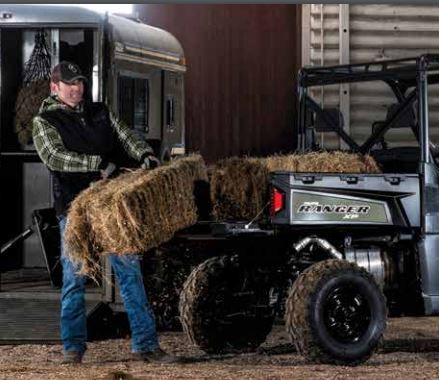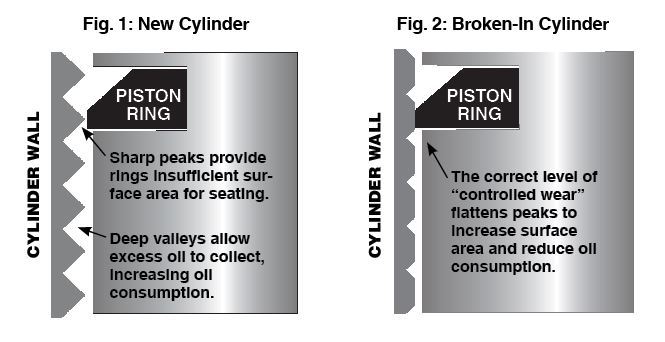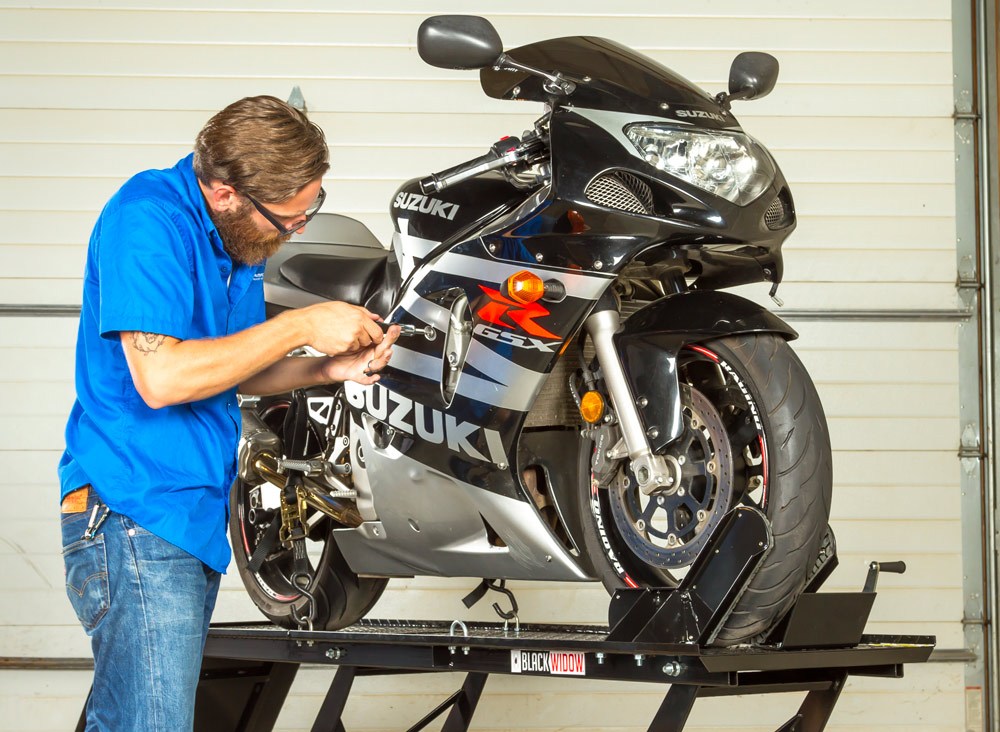New ATV/UTV Oil Change Kits Offer Maximum Convenience
AMSOIL ATV/UTV Oil Change Kits combine everything needed to perform an oil change on the most popular models of Polaris* ATVs and UTVs in one convenient package, including…
- 2 or 2.5 quarts (depending on the kit) of AMSOIL 5W-50 Synthetic ATV/UTV Motor Oil
• 1 oil filter
To find the correct ATV/UTV Oil Change Kit for your machine, consult the appropriate Product Guide.
Look up My ATV
Look up My UTV
WHY YOU SHOULD UPGRADE YOUR ATV/UTV PROTECTION
Accessories equal weight. It’s common to burden your UTV or ATV with accessories designed to increase power or productivity, especially for UTV owners. Enthusiasts often add roof and door panels, a winch, a plow, skid plates and other accessories. Plus, how often do you haul a load of gravel or pull a trailer or other implement?
This all adds weight, and a good rule of thumb is that extra weight equals extra heat. Heat, in turn, causes lubricants to break down sooner, which places your engine and differentials at risk of wear.
Heat invites engine wear. The oil’s primary job is to form a protective layer on metal parts to keep them separated so they don’t rub together and wear out. High heat from the stress you place on your machine, however, can cause oils formulated for standard service to become thinner (lose viscosity). Oil that has lost viscosity can fail to develop an oil film of adequate thickness or strength to protect against wear.

Since compression equals power, over time your engine can make less power, limiting your ability to ride or work as effectively as possible. Eventually, deposits and sludge can wreck the engine completely.
Shift to better performance. The story is similar inside the transmission, differential and front drive. All the extra weight and stress of hard work and performance riding concentrates intense pressure on gears. The lubricant coats the gear teeth during operation, guarding against metal-to-metal contact and wear. The added stress, combined with high heat, can break the fluid film and literally squeeze the lubricant from between the gears, leading to wear. As with the motor oil, high heat causes the lubricant to thin, which negatively affects wear protection.
Upgrade to synthetic lubricants. So what’s the solution? Ride more conservatively? Haul lighter loads and work less?
Never. Upgrade to high-quality AMSOIL synthetic motor oil, differential and transmission fluid, front drive fluid and other lubricants, especially if you’ve modified your ATV or UTV for greater power or productivity. AMSOIL synthetic ATV/UTV lubricants don’t contain the impurities inherent to conventional lubricants, meaning they deliver better performance and last longer. Their naturally tough base oils resist extreme heat and maintain a strong protective film better than conventional products.
Think of synthetics as just another performance upgrade. You don’t think twice about dropping a few hundred dollars on a snowplow or work trailer. Over the course of your machine’s life, the few extra dollars you spend per oil change or transmission/differential service is a drop in the bucket by comparison.
*All trademarked names and images are the property of their respective owners and may be registered marks in some countries. No affiliation or endorsement claim, express or implied, is made by their use. All products advertised here are developed by AMSOIL for use in the applications shown.



